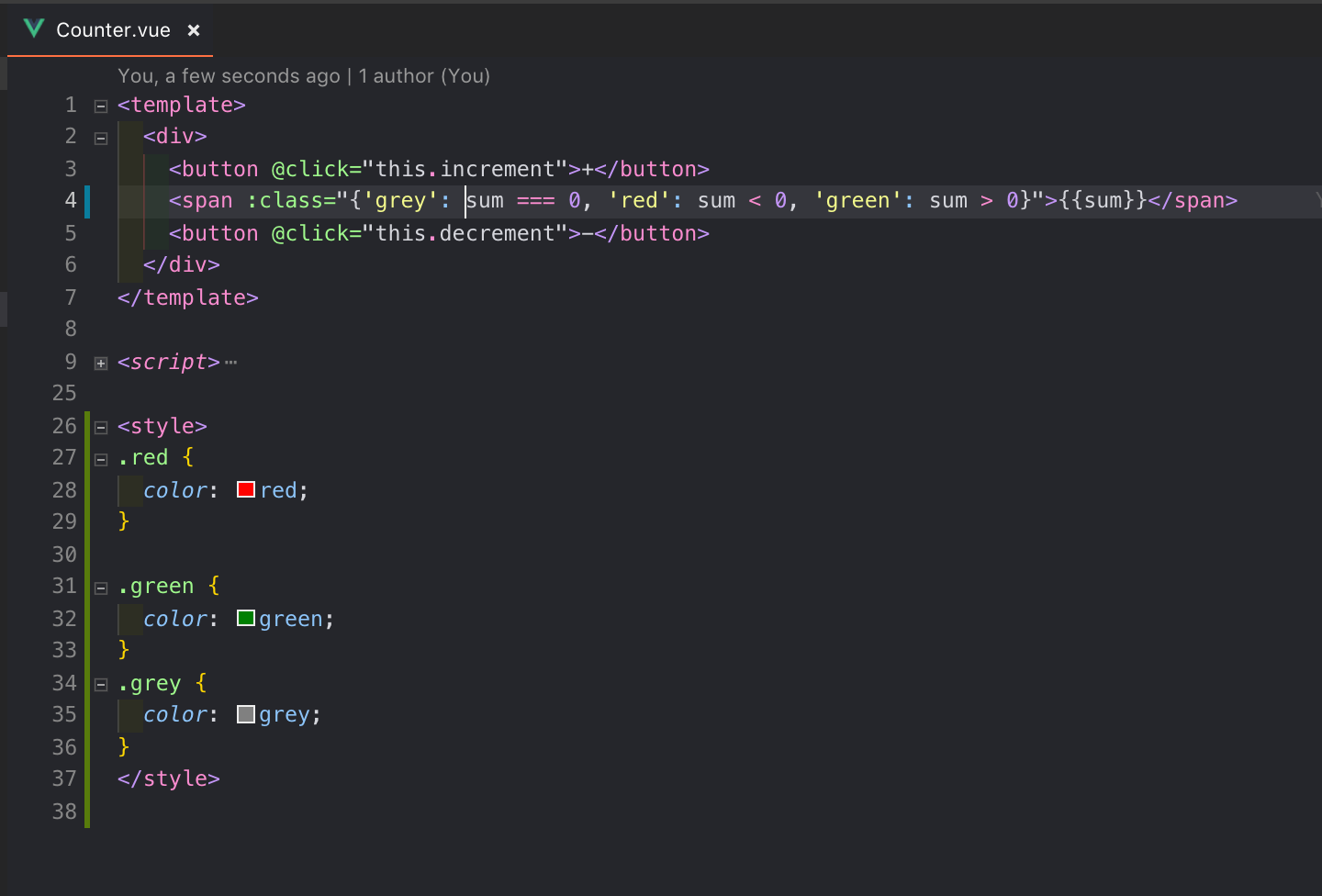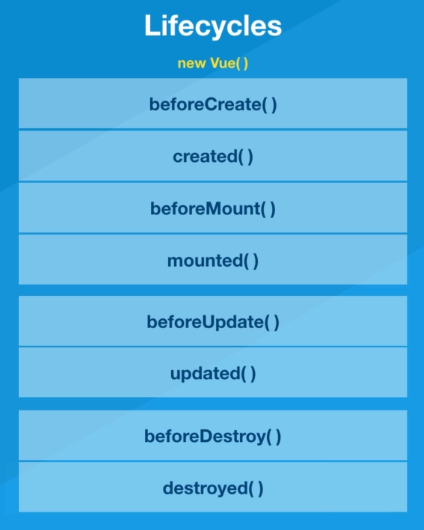Vue Slot Pass Props
You’re browsing the documentation for v2.x and earlier. For v3.x, click here.
Hi, I wonder if it would be good to have something like this. (maybe it's already achievable via current Vue functional, but I didn't find it) Imagine I have a 12 rows Grid component that has props of xs, sm,md and lg, has a single slot. We are passing two props to TabCard component, initialTab string and tabs array. The tabs prop contains a list of unique names for each tab. Each tab (including the tab’s detail panel) will be identified with its corresponding unique name. So for James Potter, the unique name is ‘james’. Pass Props Between Components with Vue Slot Scope. Components with slots can expose their data by passing it into the slot and exposing the data using slot-scope in the template. This approach allows you to pass props down from Parent components to Child components without coupling them together. PassProps is a component that helps in passing props a parent component to any component defined as it's slot. This is useful if you have a parent component that has some data which needs to be shared with all it's children. I found a way to get access tot the scoped slot props outside of the slot but it’s a hack. Make a component to just receive a prop( the scoped slot provided prop). And do with it whatever you want. But there has to be a better way.
Base Example
Here’s an example of a Vue component:
Components are reusable Vue instances with a name: in this case, <button-counter>. We can use this component as a custom element inside a root Vue instance created with new Vue:
The above is made possible by Vue’s <component> element with the is special attribute:
In the example above, currentTabComponent can contain either:
- the name of a registered component, or
- a component’s options object
See this example to experiment with the full code, or this version for an example binding to a component’s options object, instead of its registered name.
Keep in mind that this attribute can be used with regular HTML elements, however they will be treated as components, which means all attributes will be bound as DOM attributes. For some properties such as value to work as you would expect, you will need to bind them using the .prop modifier.

That’s all you need to know about dynamic components for now, but once you’ve finished reading this page and feel comfortable with its content, we recommend coming back later to read the full guide on Dynamic & Async Components.
DOM Template Parsing Caveats
Some HTML elements, such as <ul>, <ol>, <table> and <select> have restrictions on what elements can appear inside them, and some elements such as <li>, <tr>, and <option> can only appear inside certain other elements.
This will lead to issues when using components with elements that have such restrictions. For example:
The custom component <blog-post-row> will be hoisted out as invalid content, causing errors in the eventual rendered output. Fortunately, the is special attribute offers a workaround:

It should be noted that this limitation does not apply if you are using string templates from one of the following sources:
- String templates (e.g.
template: '...')
That’s all you need to know about DOM template parsing caveats for now – and actually, the end of Vue’s Essentials. Congratulations! There’s still more to learn, but first, we recommend taking a break to play with Vue yourself and build something fun.
Once you feel comfortable with the knowledge you’ve just digested, we recommend coming back to read the full guide on Dynamic & Async Components, as well as the other pages in the Components In-Depth section of the sidebar.
You’re browsing the documentation for v2.x and earlier. For v3.x, click here.
This page assumes you’ve already read the Components Basics. Read that first if you are new to components.
Prop Casing (camelCase vs kebab-case)
HTML attribute names are case-insensitive, so browsers will interpret any uppercase characters as lowercase. That means when you’re using in-DOM templates, camelCased prop names need to use their kebab-cased (hyphen-delimited) equivalents:
Again, if you’re using string templates, this limitation does not apply.
Vue Pass Component As Prop
Prop Types
So far, we’ve only seen props listed as an array of strings:
Usually though, you’ll want every prop to be a specific type of value. In these cases, you can list props as an object, where the properties’ names and values contain the prop names and types, respectively:
This not only documents your component, but will also warn users in the browser’s JavaScript console if they pass the wrong type. You’ll learn much more about type checks and other prop validations further down this page.
Passing Static or Dynamic Props
So far, you’ve seen props passed a static value, like in:
Vue Slot Event
You’ve also seen props assigned dynamically with v-bind, such as in:
In the two examples above, we happen to pass string values, but any type of value can actually be passed to a prop.
Passing a Number

Passing a Boolean
Passing an Array
Passing an Object
Passing the Properties of an Object
If you want to pass all the properties of an object as props, you can use v-bind without an argument (v-bind instead of v-bind:prop-name). For example, given a post object:
The following template:
Will be equivalent to:
One-Way Data Flow
All props form a one-way-down binding between the child property and the parent one: when the parent property updates, it will flow down to the child, but not the other way around. This prevents child components from accidentally mutating the parent’s state, which can make your app’s data flow harder to understand.
In addition, every time the parent component is updated, all props in the child component will be refreshed with the latest value. This means you should not attempt to mutate a prop inside a child component. If you do, Vue will warn you in the console.
There are usually two cases where it’s tempting to mutate a prop:
The prop is used to pass in an initial value; the child component wants to use it as a local data property afterwards. In this case, it’s best to define a local data property that uses the prop as its initial value:
The prop is passed in as a raw value that needs to be transformed. In this case, it’s best to define a computed property using the prop’s value:
Note that objects and arrays in JavaScript are passed by reference, so if the prop is an array or object, mutating the object or array itself inside the child component will affect parent state.
Prop Validation
Components can specify requirements for their props, such as the types you’ve already seen. If a requirement isn’t met, Vue will warn you in the browser’s JavaScript console. This is especially useful when developing a component that’s intended to be used by others.
To specify prop validations, you can provide an object with validation requirements to the value of props, instead of an array of strings. For example:
When prop validation fails, Vue will produce a console warning (if using the development build).
Note that props are validated before a component instance is created, so instance properties (e.g. data, computed, etc) will not be available inside default or validator functions.
Type Checks
The type can be one of the following native constructors:
- String
- Number
- Boolean
- Array
- Object
- Date
- Function
- Symbol
In addition, type can also be a custom constructor function and the assertion will be made with an instanceof check. For example, given the following constructor function exists:
You could use:
to validate that the value of the author prop was created with new Person.
Non-Prop Attributes
Vue Slot Pass Props Free
A non-prop attribute is an attribute that is passed to a component, but does not have a corresponding prop defined.
While explicitly defined props are preferred for passing information to a child component, authors of component libraries can’t always foresee the contexts in which their components might be used. That’s why components can accept arbitrary attributes, which are added to the component’s root element.
For example, imagine we’re using a 3rd-party bootstrap-date-input component with a Bootstrap plugin that requires a data-date-picker attribute on the input. We can add this attribute to our component instance:
And the data-date-picker='activated' attribute will automatically be added to the root element of bootstrap-date-input.
Replacing/Merging with Existing Attributes
Imagine this is the template for bootstrap-date-input:
To specify a theme for our date picker plugin, we might need to add a specific class, like this:
In this case, two different values for class are defined:
form-control, which is set by the component in its templatedate-picker-theme-dark, which is passed to the component by its parent
For most attributes, the value provided to the component will replace the value set by the component. So for example, passing type='text' will replace type='date' and probably break it! Fortunately, the class and style attributes are a little smarter, so both values are merged, making the final value: form-control date-picker-theme-dark.
Disabling Attribute Inheritance
If you do not want the root element of a component to inherit attributes, you can set inheritAttrs: false in the component’s options. For example:
This can be especially useful in combination with the $attrs instance property, which contains the attribute names and values passed to a component, such as:
With inheritAttrs: false and $attrs, you can manually decide which element you want to forward attributes to, which is often desirable for base components:
Note that inheritAttrs: false option does not affect style and class bindings.
This pattern allows you to use base components more like raw HTML elements, without having to care about which element is actually at its root: